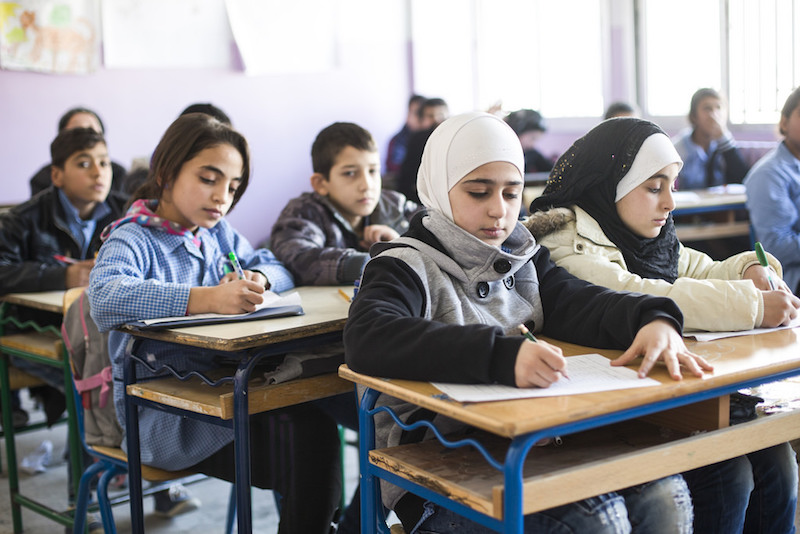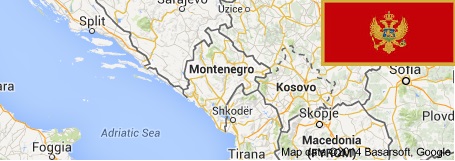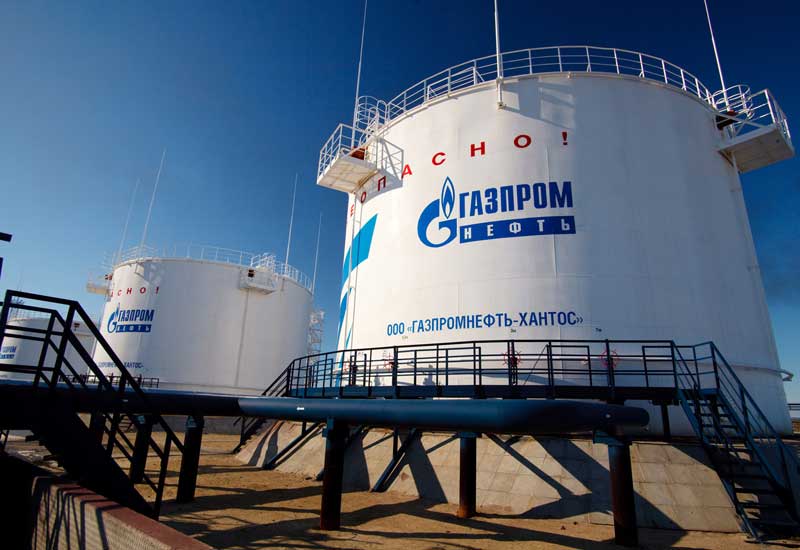The social integration of refugees is perhaps one of the most pressing problems of our time.
Around the world, a staggering 65.3 million people have been forced from their home. 21.3 million of them are refugees. In Europe, over 1.3 million people applied for asylum in 2015 alone. Fewer than 300,000 of those people were successful in their request, leaving over a million people in Europe without official refugee status. Most of them, despite their applications being rejected, have stayed in Europe, along with hundreds of thousands of economic and irregular migrants. In Germany, more than 476,000 people applied for asylum, and more than 1.1 million migrants overall arrived in the country by the end of 2015. Canada, meanwhile, had by February this year resettled 25,000 Syrian refugees.
As the number of people displaced by conflict, political instability, food insecurity, and climate change continues to rise, the question of how to successfully integrate them into new countries, cultures and communities is more pressing than ever. However, in a climate of renewed fear and anti-immigration sentiment triggered by concerns about border control, terrorism, and panic over the erosion of social welfare, discussions on how to successfully integrate the newest generation of refugees has fallen into the background.
Instead, dominating the debate are heated discussions about how to prevent people from attempting dangerous sea crossings to Greece and Italy; squabbles between neighbouring countries about new fences diverting refugee flows unfavourably; and, all the more, about preserving cultural values in the face of an influx of ‘others,’ the most emblematic of which is perhaps the burkini debate in France.
Commenting on this quandary, Yves Pascouau, the Director of Migration and Mobility Policies at the European Policy Center, said, “[integration] is not a key priority in the response because we are in an emergency situation.” In emergencies, tremendous uncertainty and fear arise that prevent necessary – often costly – structures to facilitate integration from being built. And yet, without investment into workforce integration, language training, housing, and education opportunities for migrants and refugees, we prevent the active participation of millions of newcomers, leading to sharper income inequalities, stalled growth, and increased risk of radicalization.
Germany’s new integration law, the result of long negotiations between the ruling parties , the Christian Democratic Party (CDU), their Bavarian sister party, and the Social Democratic Party, attempts to make it easier for refugees to integrate into the workforce and puts a focus on German language learning. It relaxes labour laws that favour German and EU citizens over refugees when competing for jobs, expands mandatory courses on German culture, language, values, and aims to create 100,000 jobs through low-wage work programs for asylum seekers.
However, the integration law will apply only to asylum seekers, not the hundreds of thousands of economic migrants who have recently entered Germany , who are, in all likelihood, there to stay. Furthermore, there are concerns about the acute shortage of teachers to lead integration courses, and questions about how much of the €25 billion initiative will be funded by the central government, rather than by Germany’s 16 federal states. Elsewhere in the EU, integration policies have been noticeably absent from political debate, especially in countries where anti-immigration right-wing parties have been gaining support at the expense of mainstream parties, such as France and Austria. Moreover, in the often lengthy time it takes for refugees’ asylum requests to be processed, many are not legally allowed to work, thus leaving many individuals with meagre means to support themselves.
During these times of crisis, Canada offers an example to the EU’s politicians about how successful integration policies can be implemented for the benefit of both host community and newcomers. From policies of cultural accommodation, to successful private sponsorship programs, to accelerated language training, the Canadian model is one that may offer valuable lessons on how to ensure the successful transition of refugees into a new political and economic community.
However, there are fundamentally different realities across the North Atlantic that make certain Canadian policies, such as the immediate granting of permanent residency to refugees who arrive on Canadian soil, nearly impossible in Europe. Namely, the fact that thousands of refugees and migrants arrive in Europe over land and sea from the Middle East and North Africa, whereas Canada has no borders contiguous to conflict zones and thus has the privilege of selecting refugees from a comfortable distance. This means that the scale of the challenge when it comes to integration is entirely different in the two.
Ultimately, despite the different contexts in which the integration of refugees occurs in Canada and Europe, what must be remembered is that immigration is not a new phenomenon: the movement of people, from country to country and continent to continent, has been a constant throughout history. And as a permanent phenomenon, it requires permanent structures, not last-ditch emergency measures, to address properly. At stake is the wellbeing not only of tens of millions of refugees, but the prosperity and openness of liberal democracies themselves.
Photo: “Sarah: I cannot not go to school” by DFID- UK Department for International Development (2016), via Flickr.com. Licensed under CC BY 2.0.
Disclaimer: Any views or opinions expressed in articles are solely those of the authors and do not necessarily represent the views of the NATO Association of Canada.




